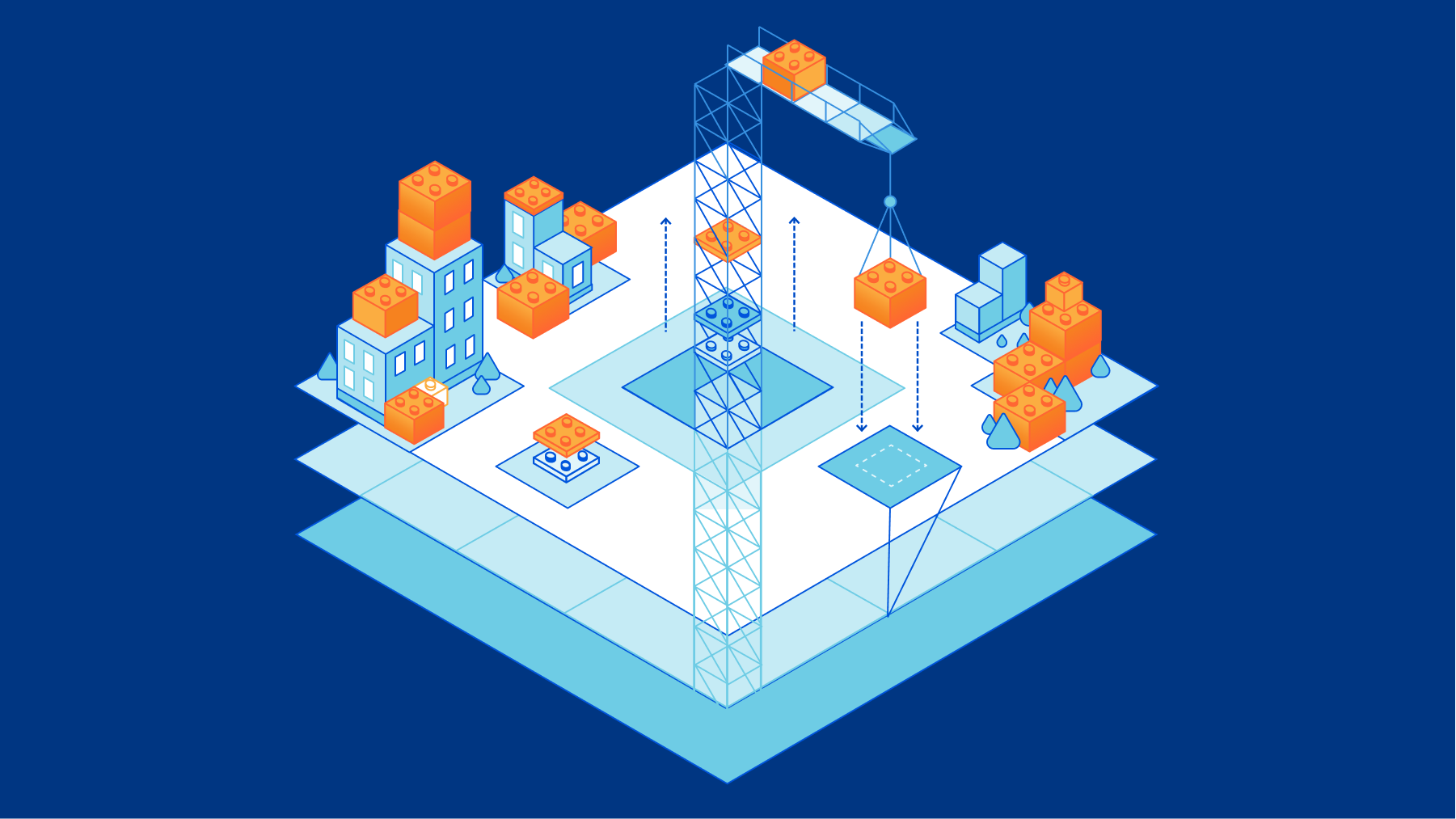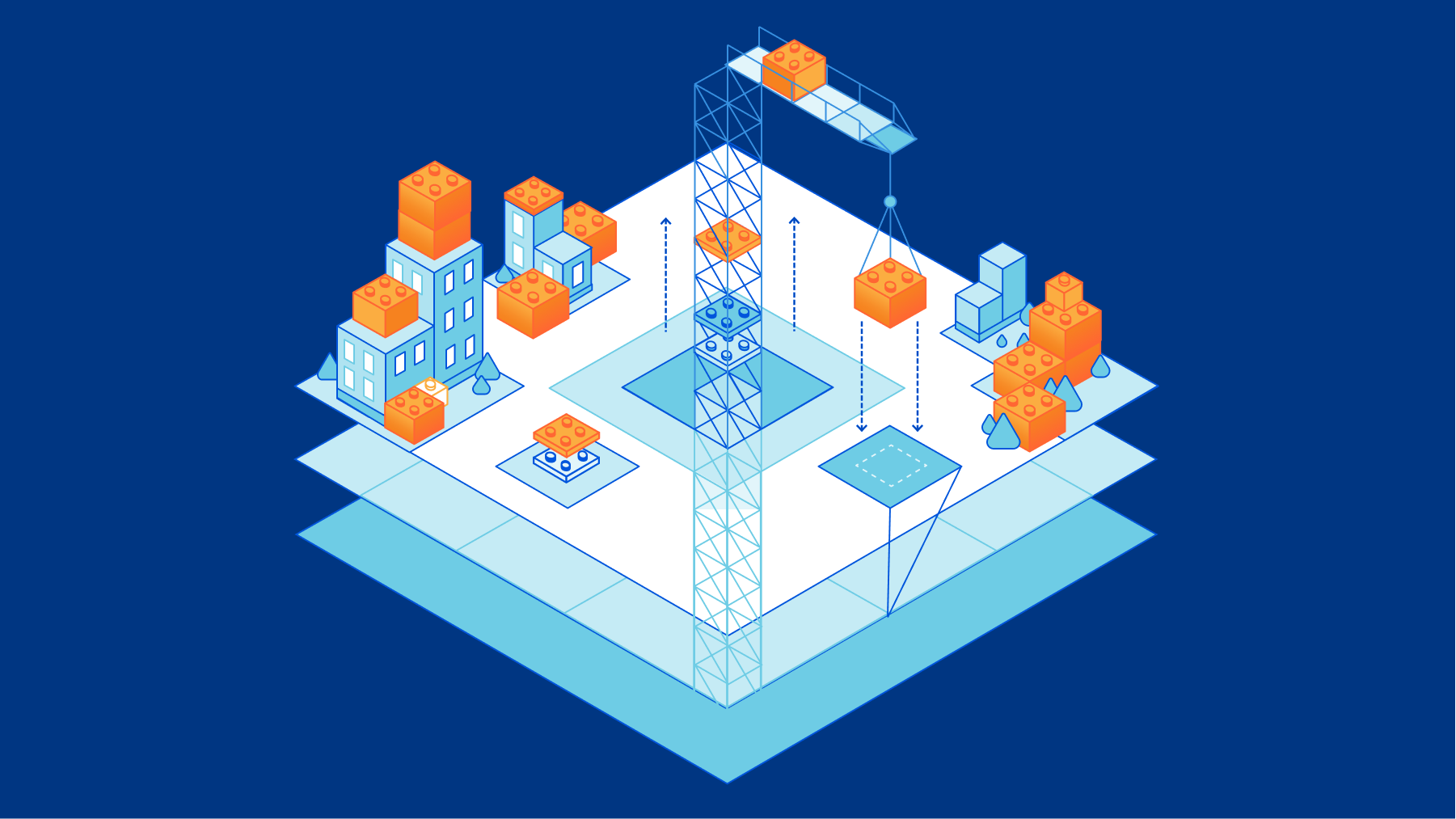World’s first exascale supercompuer is the world’s fastest
The first true exascale supercomputer, Frontier, is now the fastest in the world, toppling Fugaku, which held the title for the past two years, according to the latest TOPP500 list of the best performing supercomputers.An exascale computer is one that can perform 1018 (one quintillion) floating point operations per second (1 exaFLOPS), and Frontier, installed at Oak Ridge National Laboratory in Tennessee, weighed in at 1.12 exaFLOPS.Frontier also captured the title of most energy efficient supercomputer, generating 62.68 GFLOP per watt.Frontier’s speed bumps down Fugaku at the RIKEN Center for Computational Science (R-CCS) in Kobe, Japan, from number 1 on the TOPP500 list last fall to number 2 now. Fugaku scored 442 peta FLOPS (PFLOPS) on the High Performance Linpack (HPL) benchmark, which measures how well systems solve a dense system of linear equations.To read this article in full, please click here



